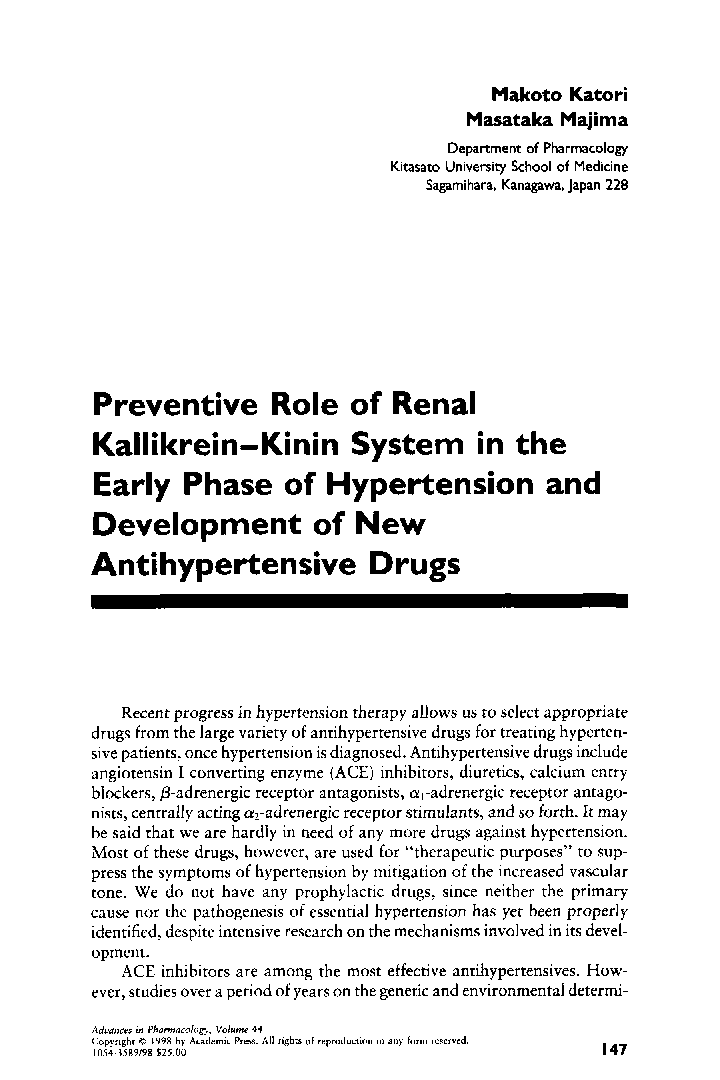| Article ID | Journal | Published Year | Pages | File Type |
|---|---|---|---|---|
| 7074514 | Bioresource Technology | 2015 | 78 Pages |
Abstract
Hemicelluloses removal is highly desirable in many biomass processes, including the pretreatment steps of the bioconversion for ethanol production, production of high-quality dissolving pulps. In this study, a sequential treatment consisting of pulp fractionation, followed by caustic treatment to remove hemicelluloses from a softwood sulfite pulp, was investigated. The long-fiber fraction obtained after pulp fractionation, had a lower hemicelluloses content and smaller specific surface area, but larger pore diameter than the short-fiber fraction. The fiber fractions were subsequently treated in a cold caustic extraction (CCE) or hot caustic extraction (HCE). Results showed that hemicelluloses removal in the long-fiber fraction was more pronounced than the short-fiber fraction in both CCE and HCE processes. Other parameters, such as hemicelluloses removal selectivity, yield were studied. The underlying explanations were given.
Keywords
Related Topics
Physical Sciences and Engineering
Chemical Engineering
Process Chemistry and Technology
Authors
Jianguo Li, Hongjie Zhang, Chao Duan, Yishan Liu, Yonghao Ni,
